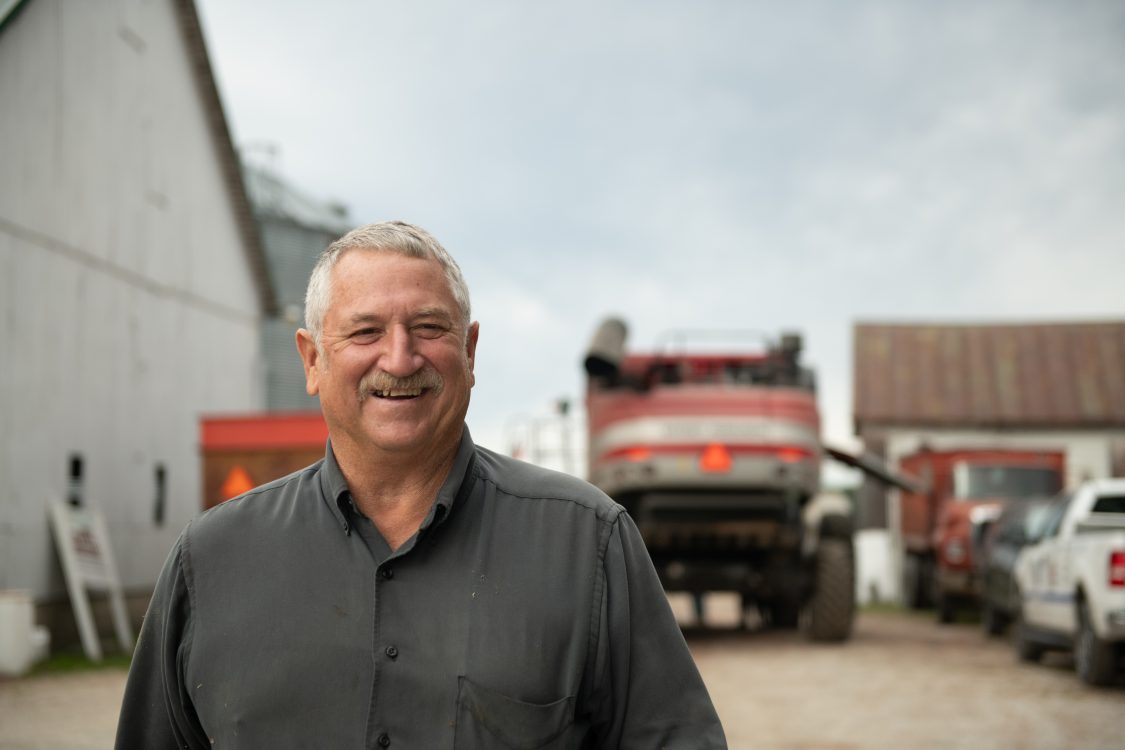A New Way to Use Soy to Feed Fish
Soybeans continually prove to have a variety of uses. Located in Yellow Springs, Ohio, EnviroFlight, LLC has taken the use of soy to a whole new level.
Diminishing fish stocks coupled with increased global demand has resulted in a 400 percent increase in fishmeal’s price over the last 20 years. This statistic is part of what drove Glen Courtright to begin his adventure with commercially rearing black soldier fly larvae (BSFL) to manufacture his own fish food. Increased feed costs are not only a concern for those who are raising fish, they are also a concern for consumers who ultimately pay the price for the end product.
Founded in 2009, EnviroFlight’s mission is to develop sustainable and safe animal feed ingredients using regionally available, low-value materials. The company’s proprietary technology makes it possible to commercially produce sustainable animal feeds, oils and natural fertilizers from the byproducts of food manufacturing, biofuels and brewing, using the industrial cultivation of BSFL.
EnviroFlight is in the process of obtaining FDA food use authorization and the Association of American Feed Control Officials (AAFCO) ingredient approvals.
“Soy plus BSFL seemed to be the answer,” commented Glen Courtright, founder and CEO of EnviroFlight.
Knowing that fish cannot solely consume soy, they combined soy meal with BSFL meal to produce a highly nutritious fish food. The combination of soy and BSFL in the feed ration for fish simply balances out the amino and fatty acid profiles, and adds some palatability to the feed.
EnviroFlight are also working with major fast food companies and their suppliers to reduce waste, and also helping them achieve their mission of becoming zero-waste, zero-landfill businesses. EnviroFlight uses the BSFL to recover nutrients from food manufacturing byproducts. Liquid and semi-solid byproducts are blended with soy hulls or dried distillers grains with solubles (DDGS) and are then fed to the BSFL. After two weeks, the BSFL, soy hulls and DDGS are harvested and dried. The BSFL are separated from the soy hulls and DDGS, and the oils are extracted from the BSFL. The resulting BSFL meal is combined with soy meal, corn, vitamins and minerals in custom formulated rations for yellow perch, freshwater prawn and rainbow trout. The leftover soy hulls and DDGS are used as a natural fertilizer or a high protein feed ingredient for cattle or freshwater prawns and tilapia feed.
EnviroFlight is currently providing high-quality feeds to zoos, nationwide pet food distributors and regional aquaculture producers. The company sells live and dried BSFL through nationwide pet food distributors. Live insects and insect meal are sold to the Cincinnati, Indianapolis and San Antonio Zoos. EnviroFlight sells a formulated feed to Ohio freshwater prawn feed producers and is also selling specialty and bulk fertilizers.
“We produce the insect proteins to feed the fish, to feed the people,” commented Courtright.
As business continues to grow for EnviroFlight, they have plans to expand and build a full-scale plant capable of producing over 2,000 tons of material for fish food in Greene County, Ohio.
“We have known about using soy in aquaculture feed for a while, but what Glen Courtright and his staff at EnviroFlight have been able to do takes feeding fish soy to a whole new level,” said Tom Fontana, Director of Research and Education at the Ohio Soybean Council. “They are feeding the aquaculture industry not only a highly nutritious feed product, they are also producing the feed in the most efficient and sustainable way possible. Waste is almost totally eliminated in their process of feed production and the byproduct of the process is also utilized.”
The future is bright for EnviroFlight, and they are excited to continue to grow and be a part of the soybean industry.

